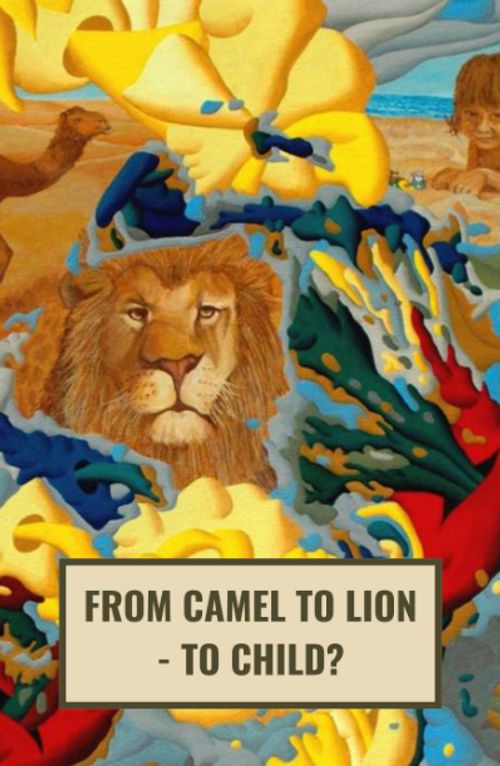Nietzsche's story of creativity
Apr 29, 2022 · 2 mins read
0
Share

Introduction. Nietzsche was a brilliant social critic, but his work on individual psychology holds greater relevance for people today. In Thus Spoke Zarathustra, Nietzsche wrote that the human spirit must go through three specific transformations to unlock its full creativity 👇
Save
Share
The Three Metamorphoses. Nietzsche's prophet Zarathustra calls on his followers to first become a camel, the beast of burden, then transform into a lion, the beast of freedom, and finally to become a child. But what do the camel, the lion, and the child symbolically represent?
Save
Share
The Camel. The camel wants to test its strength via lifting heavy burdens. Zarathustra: "What is heavy? Thus asks the weight-bearing spirit." In the spirit of camel "dwell respect and awe" - the camel doesn't rebel or create. His greatness lies in his vigor for duty.
Save
Share
The spirit of the camel asks: "What is the heaviest thing?" Perhaps it is "to love those who despise us and to offer our hand to the ghost when it wants to frighten us?" The spirit of the camel knows how to bear the burden of living with unpleasant circumstances.
Save
Share
Once a spirit has mastered the strength for carrying a burden, the second metamorphosis occurs: the spirit becomes a lion. The camel's respect and awe for the "ultimate God" is replaced by a desire to "struggle for victory with the great dragon."
Save
Share
Zarathustra memorably describes the dragon, writing that the "values of a thousand years glitter on its scales." The dragon is the powerful composite of beliefs, norms, and values that underlie society. The camel bore weights, but had no talent for attack. Hence a lion is needed.
Save
Share
Nietzsche writes: "Why is the lion needed in the spirit? Why does the beast of burden, that renounces and is reverent, not suffice?" The lion is still unable to produce new values, but his might can steal the "freedom for new creation."
Save
Share
Now Zarathustra gets to the final transformation: "What can the child do that even the lion cannot?" The child can take part in the "sport of creation." Nietzsche's account of creativity is unique; you become creative after you've borne burdens and developed a rebellious streak.
Save
Share
Nietzsche: "The child is innocence and forgetfulness, a new beginning, a sport, a self-propelling wheel, a first motion, a sacred Yes." Merely the camel's strength or the lion's attacking spirit aren't enough - true creation is also colored with a certain childlike naivete.
Save
Share
Bottom line. The Camel has a talent for duty, the Lion has a talent for rebellion, and the Child has a talent for creation. For Nietzsche, the strength to break rules follows the strength to abide by them. Creativity happens at the intersection of great power - and innocence.
Save
Share
0